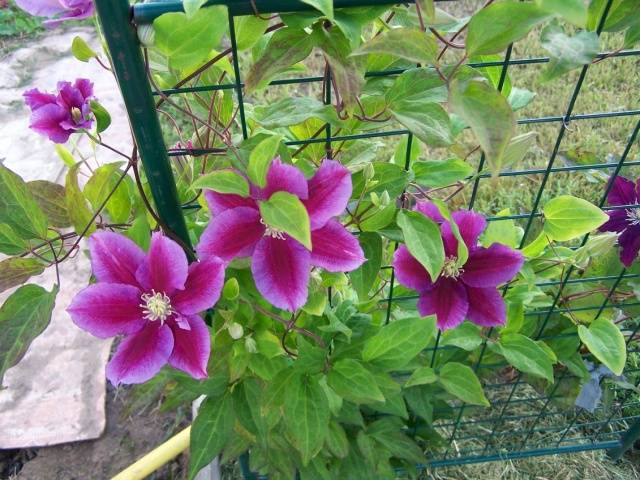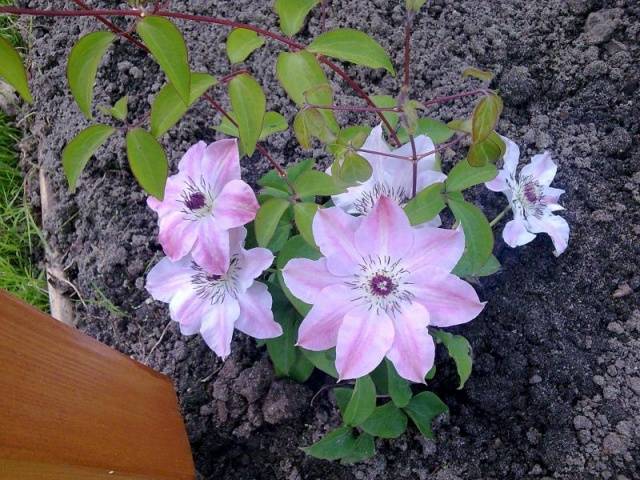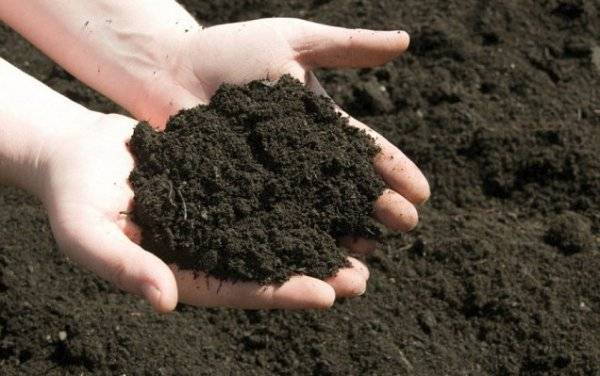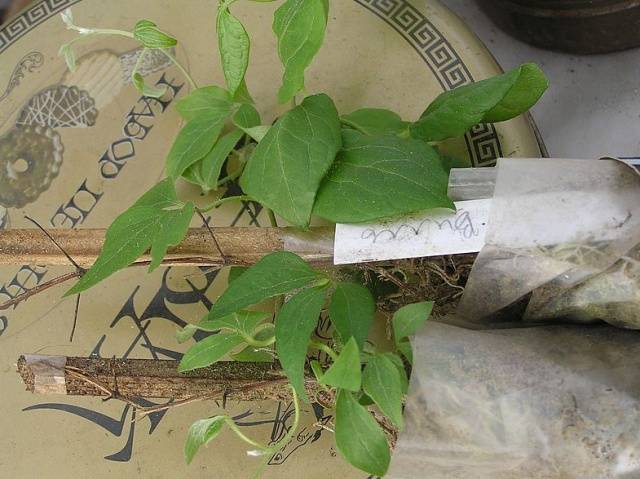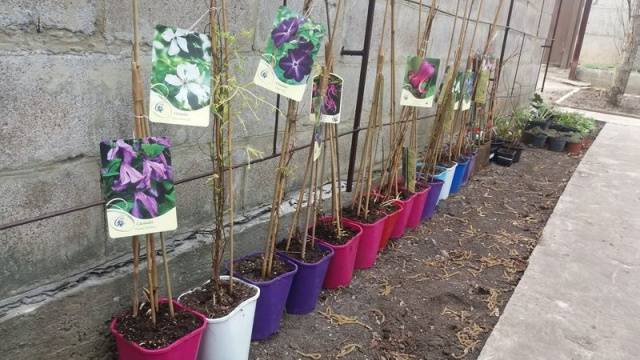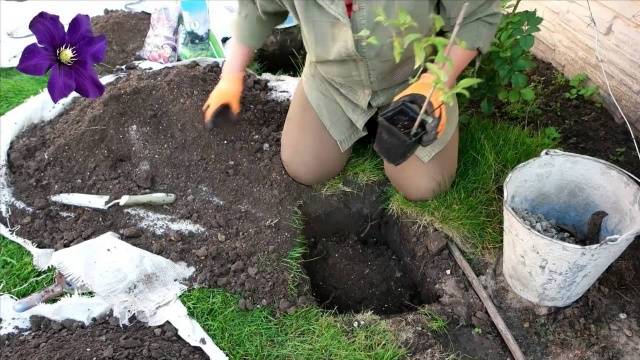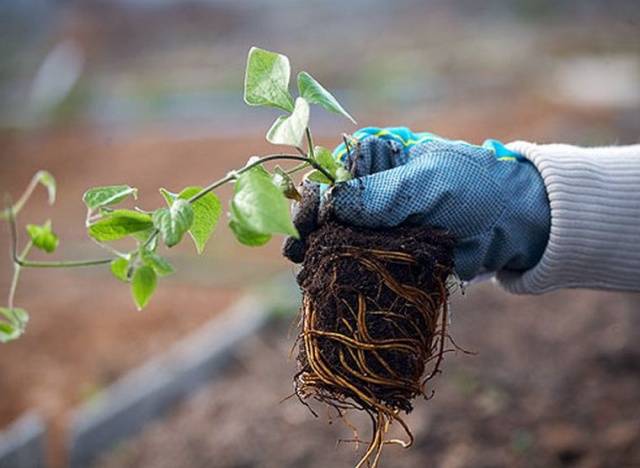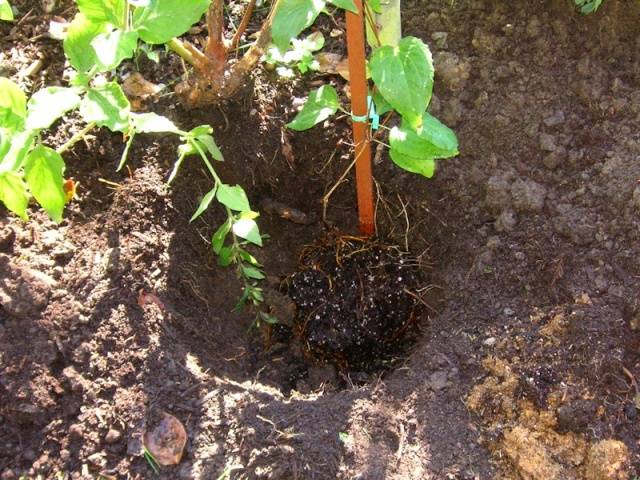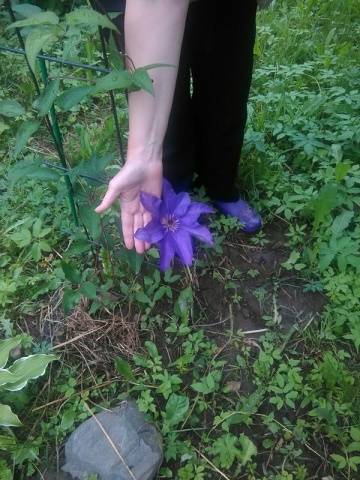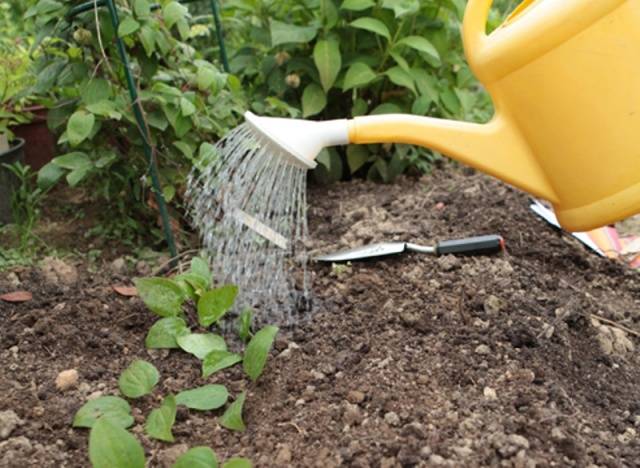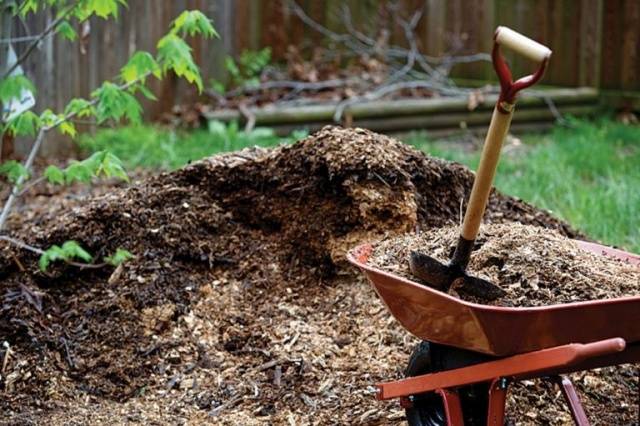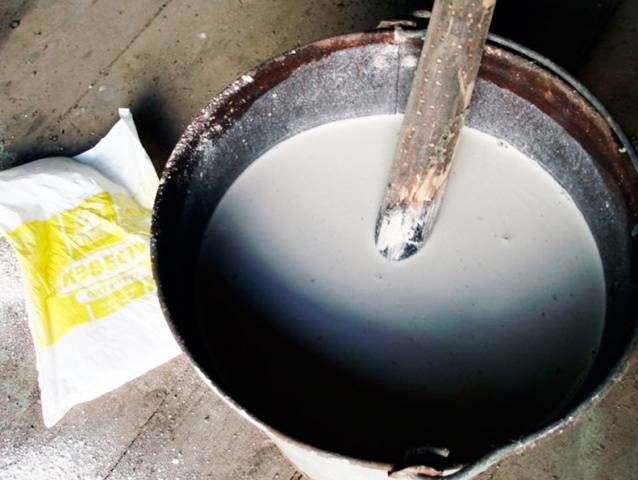Clematis can grow in one place for more than two to three decades, and its marvelous and inimitable flowers adorn household plots for 3-5 months a year. Long, luxurious flowering and unpretentiousness of the plant have become the reason for the general love of Russian flower growers for these delightful flowers. Given such a long period of growth without transplanting, it is advisable to immediately create favorable conditions when planting clematis in the spring in open ground.
How demanding Lomonos is
Before embarking on the process of planting clematis, it is advisable to know in advance what this flower loves and does not like. Subsequently, it will be very difficult to correct your mistakes, and sometimes even impossible.
Choosing the right place
Before planting clematis in spring or autumn, it is advisable to choose in advance a suitable site where the flowers will feel comfortable. Indeed, the condition of the plant, as well as the abundance and duration of flowering, depends on how responsibly you approach this process.
Clematis are very light-requiring. For a luxurious and long-lasting bloom, they must be sufficiently illuminated by the sun. However, under direct, scorching rays, the plant will feel depressed. This condition will invariably affect the flowering of clematis - in the bright sun, the flowers lose their brightness, gradually become smaller. Over time, the varietal characteristics of the plant can be irretrievably lost.
An ideal place for planting clematis in the spring is an area illuminated by the sun until noon and for several hours in the evening.
Areas where melt or rain water stagnate, as well as places with a high groundwater table, are completely unsuitable for clematis. Moisture stagnation can provoke the occurrence of various diseases. The root system begins to rot and the flowers may die.
It is undesirable to plant clematis both in the spring and in the fall along the walls of the house, deaf, windproof fences, or outbuildings, where the plants will get water from the roofs. Humidity plus a lack of fresh air can cause the development of fungal diseases and the appearance of insect pests on the vines.
The minimum distance from walls or fences should be at least 50-70 cm. It is advisable to take care of the supports before planting clematis in the ground in the spring: small gratings, arches, nets, trellises. They will simplify further flower care.
It is acceptable if the clematis is slightly blown by a light breeze, but drafts and piercing winds are destructive for him.
Soil preparation
Competent preparation is no less important than choosing a place for a flower garden. Before planting clematis in the ground, it is necessary in the spring, a week before planting, to prepare the soil.
The soil on the site must be checked for acidity. Clematis grow poorly and bloom very poorly on acidified soil. It is also undesirable to plant flowers on loam and sandy soils.Therefore, make sure in advance that the land on the site where you decided to plant clematis in the spring is properly prepared.
Acidic soil is deoxidized by adding chalk, dolomite flour or hydrated lime during soil preparation. Heavy, loamy soils must be loosened with sand and enriched with nutrients. Humus, humus or peat are perfect for this.
As a result, you should get a loose, fertile soil mixture rich in minerals.
When to plant flowers
It is difficult to answer the question: when is it better to plant clematis in spring or autumn. Most growers advocate planting flowers in spring, but some plant them in early fall.
For most varieties of clematis, spring is the best time to plant outdoors. Until the fall, the plant will have enough time to take root and properly prepare for winter. Clematis planted in open ground in spring has a more powerful root system and high resistance to many diseases.
In early spring, clematis can be planted in the southern regions of Russia, as well as in the central regions, where the climate is milder. But in the Urals or Siberia before the third decade of April or the first decade of May, it is not worth starting planting work.
Of no small importance in determining the timing of planting clematis in the spring is the appearance and variety of flowers. It is advisable to plant early flowering varieties as early as possible. But vines that enter the flowering phase later can be planted a couple of weeks later.
Whenever you decide to plant clematis, in spring or autumn, it is important to adhere to the following rules:
- It is advisable to complete the spring planting work by mid-late May. A later planting is undesirable, since the flowers are sick for a long time and it is more difficult to tolerate the transplanting process.
- Summer planting negatively affects the plants.
- In autumn, all work must be completed at least 1-1.5 months before the expected frost.
Of great importance when transplanting clematis in the spring is the state of the planting material. If you have purchased seedlings with an open root system, then the flowers should be planted as soon as possible.
But if you managed to purchase plants in containers (containers or flower pots), the root system of which is in a nutritious soil mixture, then you can plant clematis in the ground in the spring in a couple of weeks, when the weather is good outside. In this case, the flowers are grown at home, and as soon as the right time comes, they are planted in the ground. During growing, it is necessary to regularly monitor the soil moisture in the planting containers and prevent it from drying out.
It is undesirable to be late in planting clematis in open ground in the spring, but one should not rush. Spring return frosts can nullify all your work.
Lomonos planting process
The process of planting clematis in the spring does not take much time and effort in comparison with the preparatory work.
The minimum size of the planting pit is 60X60X60 cm. Such large sizes are due to the fact that subsequently the plants will grow in one place for a rather long time without transplanting. And your task is to provide the root system of clematis with the necessary nutrients.
When planting clematis in rows, it is advisable to prepare a trench, the width and depth of which is also at least 60 cm. The distance between the nearest bushes should be at least 1-1.5 meters. A closer planting is undesirable, since the vines grow rapidly and strongly. In just a couple of years, they will have to fight each other for a place in the sun, which will immediately affect the flowering of clematis.
Arrangement of planting pits or trenches with drainage is a mandatory procedure when planting clematis in the spring from a container or from a purchased pot. In whatever form you acquire the plant, drainage is simply necessary. Pebbles, broken brick, expanded clay can be used as a drainage layer.
The flower planting algorithm will look like this:
- After arranging the drainage at the bottom of the planting trench or pit, it is necessary to make a slight elevation.
- You need to place a flower on this mound. If you purchased clematis in pots or containers, then before planting the plant correctly, you must remove it from the container and place it on an elevation together with a lump of earth.
- If you are planting clematis with an open root system, then the roots are neatly straightened and located on a dais. Correct planting assumes that the rhizomes should be free, without bending.
- Pay attention to the root collar of the flowers. It should be located at the level of the soil surface or a few centimeters below. It is undesirable to deeply deepen the base, otherwise you can provoke the onset of a plant disease, and, as a result, the death of the entire bush.
- Cover the holes with earth, gradually compacting it with your hands. It is not necessary to compact the soil strongly.
- Abundant watering after planting or transplanting clematis in the spring to another place and shading on hot days are a must.
Make sure that the spring rains do not over-flood your flowers.
How to transplant and plant flowers
Of course, clematis can grow without transplant for more than twenty years. However, it is still advisable to plant large bushes at least once every 5-7 years. Over time, the soil under the bushes becomes scarce, the nutrients become less and less. The root system is growing, so it is imperative to update the flowers.
It is better to plant or transplant clematis in the spring, when the weather is warm enough outside. The optimal time for planting operations is late April - early May. In the northern regions of the country, this period may be shifted by 1-2 weeks later. In the fall, flower bushes can be planted until mid to late September.
It is advisable to transplant adult clematis in early spring or autumn at the end of flowering.
More details about how and when you can transplant clematis to another place.
Follow-up care of flowers
Competent care of clematis after planting in spring is the key to abundant and lush flowering. It consists in carrying out standard events that are familiar to each grower:
- moderate and timely watering;
- loosening;
- garter and mulching;
- feeding and processing;
- pruning and preparing flowers for winter.
Watering and loosening
During the first year after planting clematis, watering should be frequent, but not too abundant. During this period, flowers grow the root system and vines. Therefore, a plant needs a lot of strength for active growth.
However, it is impossible to overfill the plantings with water, so as not to create conditions for the occurrence of fungal and putrefactive diseases of rhizomes. It is enough to water the plants no more than 2-3 times a week, spending 3-5 liters of water per bush. The main thing is that the soil under the clematis bushes is always moist.
It is advisable to loosen the soil after each watering so that the roots of clematis receive a sufficient amount of oxygen. In 3-4 months after planting, loosening can be abandoned, since there is a high risk of injury to the growing root system.
Garter and mulching
Gradually growing shoots, as they grow, are tied to a support to form a bush and prevent young branches from breaking off. If the shoot is single, you can pinch the top to push the flowers towards tillering.
Clematis responds well to mulching. This event will protect the flower garden from weeds, reduce the rate and schedule of watering. Indeed, under a layer of mulch, the soil remains moist for much longer.
You can mulch the soil under the bushes 7-10 days after planting clematis in the open ground in spring, when the first signs appear indicating that the flower has taken root. The maximum thickness of the mulch layer is 5-7 cm.
In autumn, the old layer of mulch can be carefully embedded in the soil, and a new layer can be laid on top of the ground, thus preparing the plant for winter.
Top dressing and processing
Top dressing is an important stage in the care of clematis in the spring. If the planting work was carried out in accordance with the above recommendations, then there is no need to feed the flowers in the first year.
But starting from the second year, it is necessary to provide plants with a regular replenishment of nutrients. Indeed, during the period of violent flowering, clematis need a lot of strength, and your task is to replenish the balance of the missing elements.
In spring, clematis is fed with nitrogen-based fertilizers. Before flowering, you can feed the flowers with fertilizers based on phosphorus and potassium.
Lomonos responds well to watering the soil under the bushes with lime milk. This composition deoxidizes acidic soil well.
Feed clematis necessary in accordance with the recommendations of experienced florists.
After planting in spring and early summer, young, non-lignified clematis shoots can attract insects that cause irreparable damage to flowers. Therefore, it is advisable to regularly monitor the plants and take immediate action in the event of pests.
Pruning vines and preparing the plant for winter
Pruning is one of the stages of mandatory care for clematis after planting in the open field. Regulatory pruning is carried out in spring and summer to form bushes.
You can make the plant bush with this simple measure. You can use pruning to direct the vines in accordance with your imagination in a certain direction. Pruning also helps to induce earlier and more abundant flowering.
In autumn, at the end of flowering, the vines are pruned according to the recommendations for each variety. Some varieties do not need pruning, and for some, all vines are pruned at the root in the fall.
In the spring, when you open the clematis, it will be possible to carry out sanitary pruning of the vines. During this period, frozen, old, dried and damaged shoots are removed. It is advisable to carry out this event when the buds are already swollen and it will be clear which shoots need to be removed and which can be left.
You will learn how to properly plant clematis in the spring from the video clip
Conclusion
So, you have learned when and how to plant clematis in the spring in open ground. As you can see, the planting process does not require any special skills or abilities. All that is required is to follow the recommendations of experienced florists. And the reward for your labors and worries will be an unusually luxurious and abundant flowering of clematis - for your joy and pride, for others, surprisingly.
